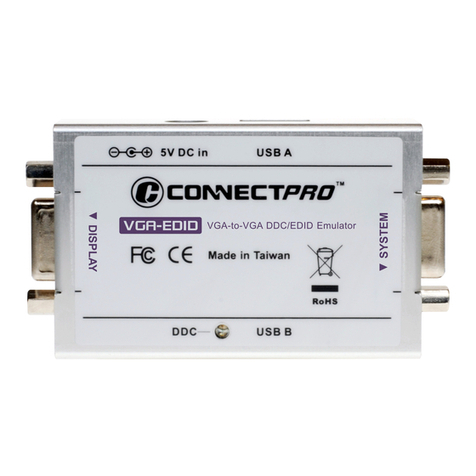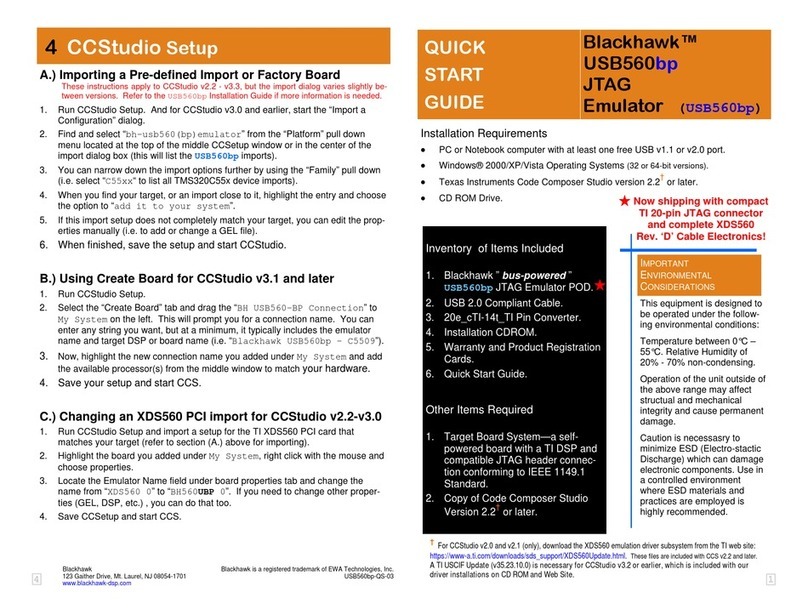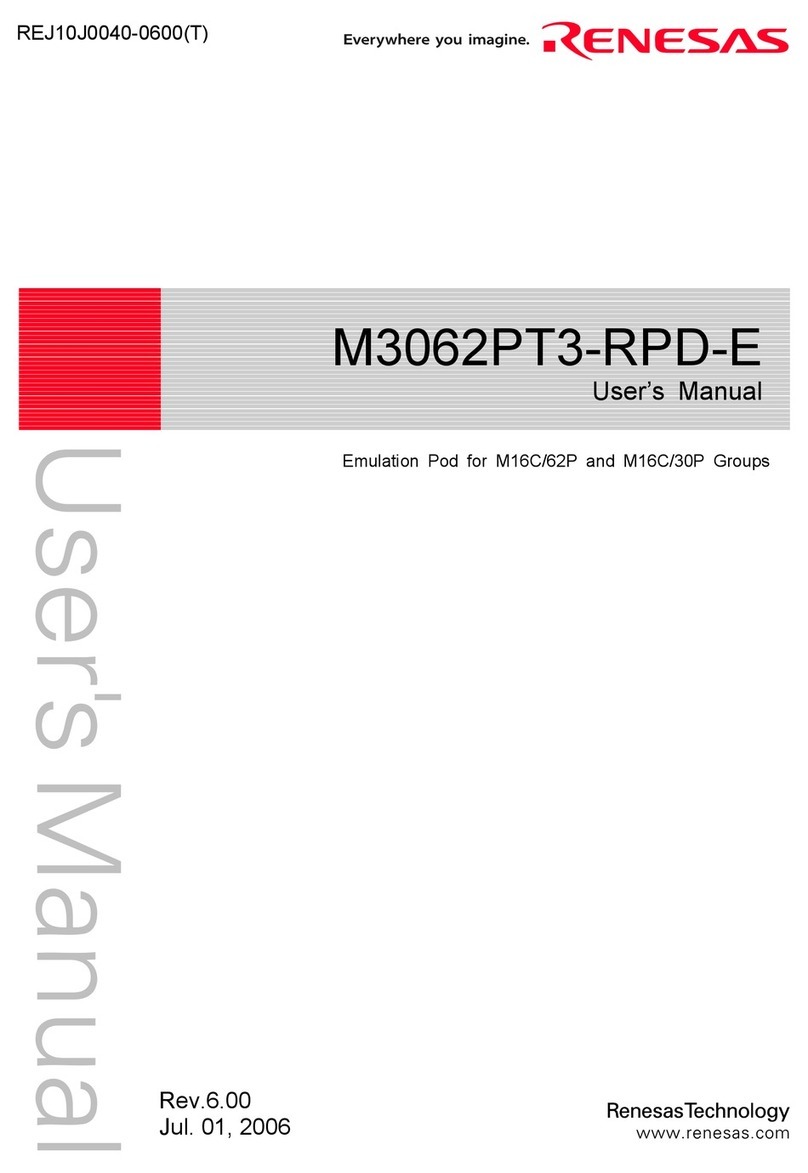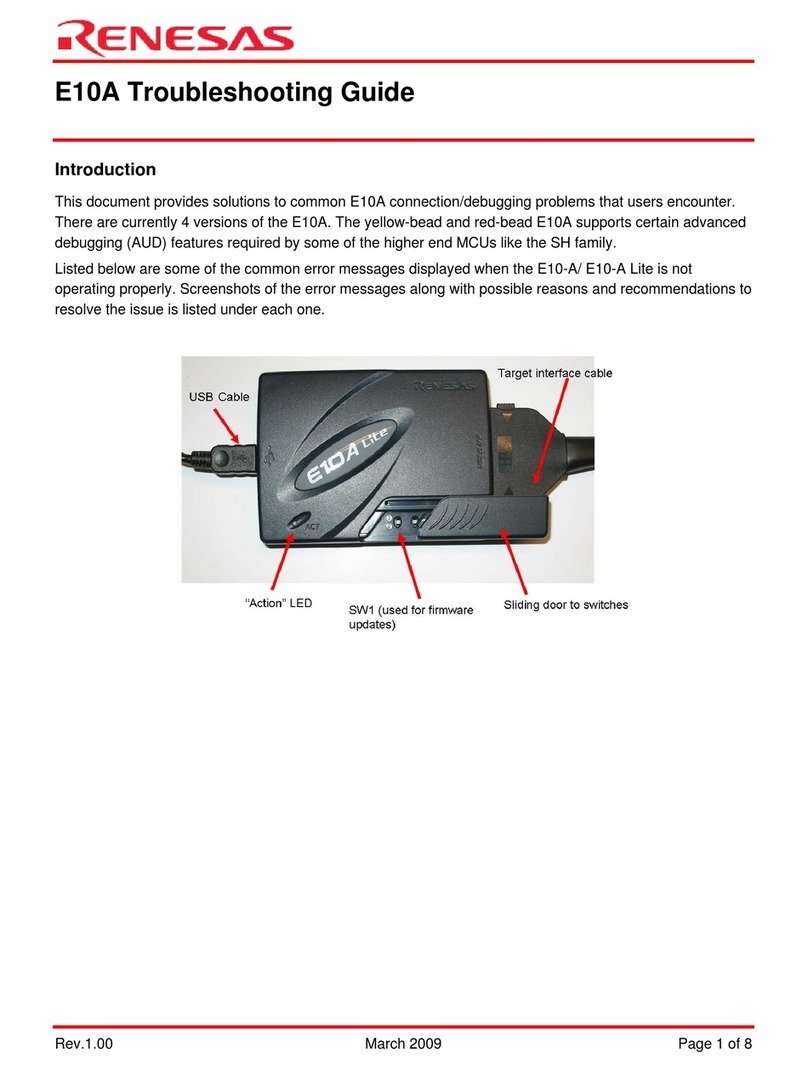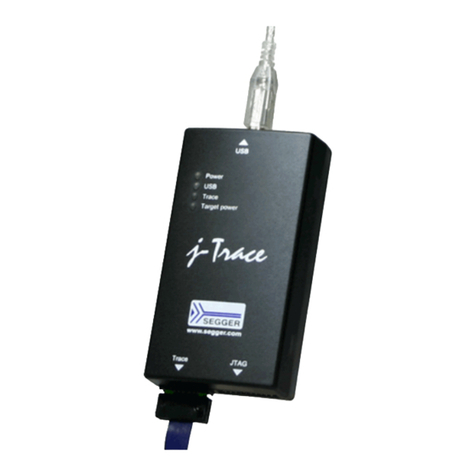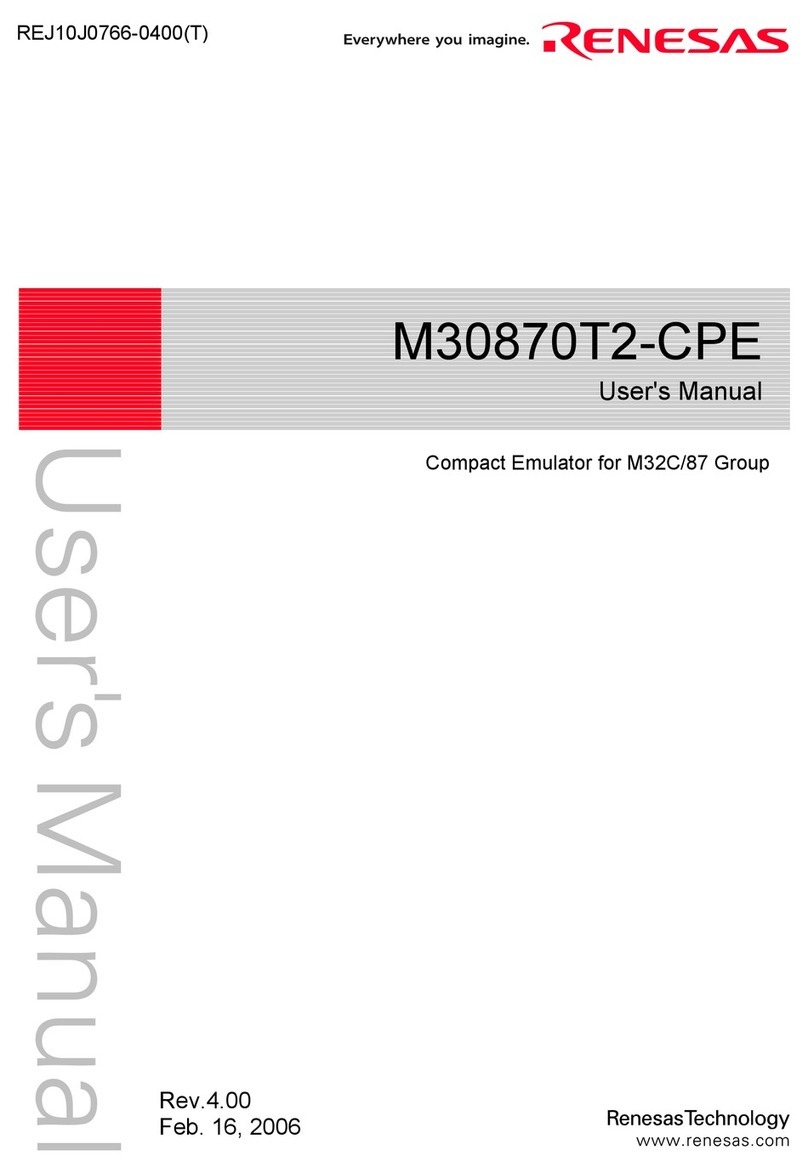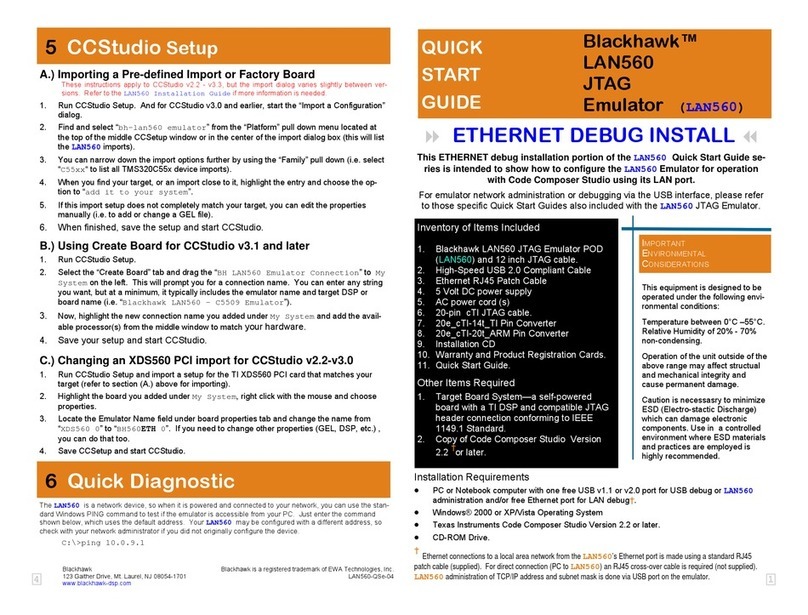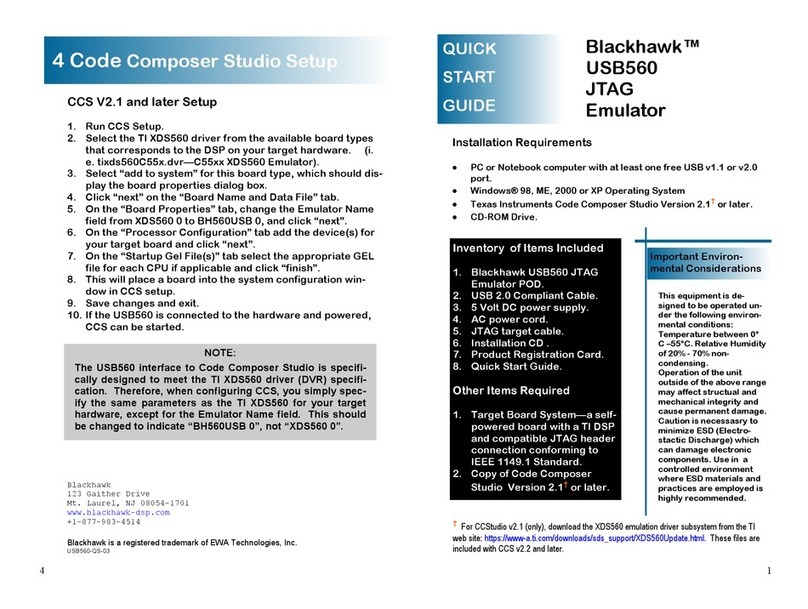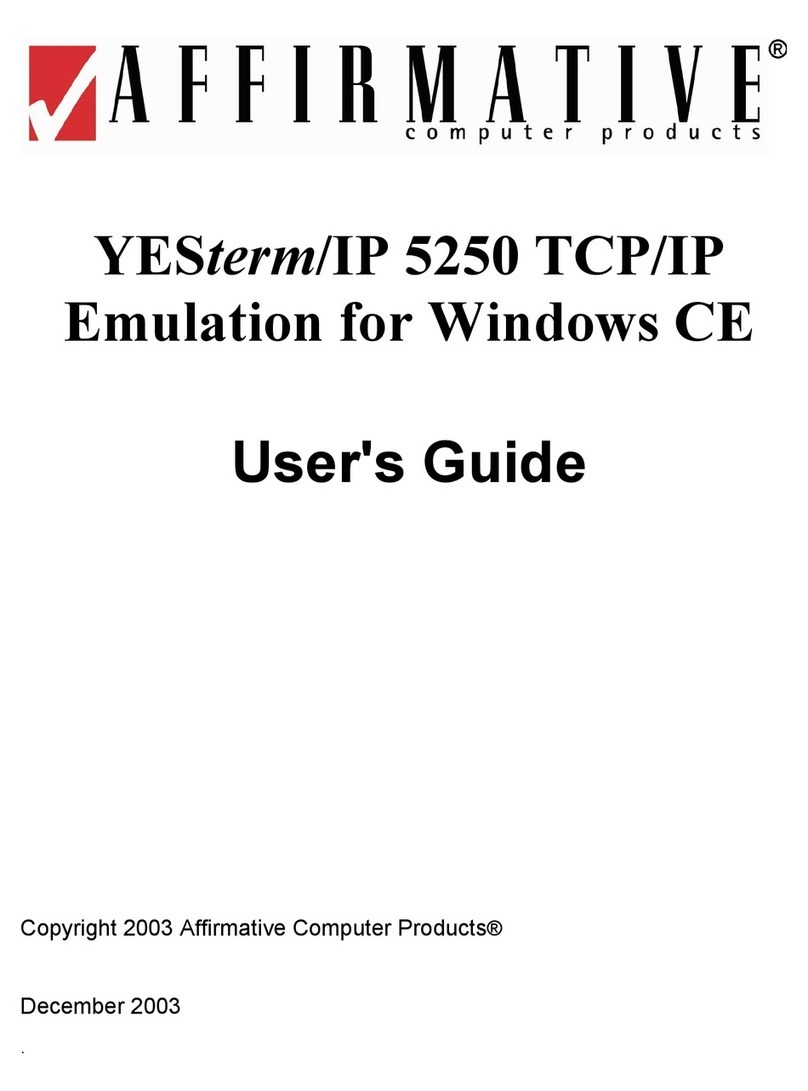
2
Introduction
Thank you for buying our JTAGcable II emulator. We hope that the great power it
offers will allow you to appreciate fully the virtues of debugging and programming in
the system provided by Atmel microcontrollers.
JTAGcable II constitutes a tool for programming, real-time emulation in the target
circuit and debugging of processors of the AVR family of Atmel microprocessors
equipped with a JTAG interface. It is fully compatible with the original AVR JTAG ICE
from Atmel. It forms, together with AVRStudio software, an up-to-date and
professional environment for the start-up of programs written both in low-level
(Assembler) and high-level (C) languages.
JTAG is a four-wire interface permitting takeover of control of the processor’s core
and its internal peripherals. The possibilities offered by this interface are, among
others, stepped operation, operation at full speed, circuit and software traps,
monitoring and modification of register contents and data memories. Moreover,
functions offered by ISP programmers are available, such as: programming and read-
out of Flash memories, EEPROM, fuse-and-lock bits.
JTAGcable II can co-operate with microcontrollers supplied with voltages from 1.8 to
6 V. Such a broad range of supply voltages was achieved through buffering of signals
on the JTAG line, additionally enhancing the immunity of the circuit to interference.
The set is provided with AVRStudio software from Atmel, working in the Windows
system.
A detailed operating instruction of the emulator and of the AVRStudio program can be
found at the website of Atmel: http://www.atmel.com
Let us wish you nothing but success and a lot of satisfaction in
designing and putting new microprocessor devices to work.
Features
Compatible with AVR JTAG ICE
Co-operates with Atmel AVRStudio software
Allows emulation and programming in AVR microprocessor systems equipped with a
JTAG interface
Allows debugging of a code written both in Assembler- and C-language
Connected to the USB port
Supports software up-dating from the AVRStudio level
Operates with target voltages in the range of 1.8 – 6 V
Buffering of the JTAG bus, allowing proper operation with systems powered from a broad
range of supply voltages and enhancing immunity to external interference
Standard 10-pin connector to the target circuit in the Atmel standard
Operation of the emulator signalled by three built-in LED indicators
No need for external power supply, power is taken from USB port
The programmer can supply power to target circuit
Small dimensions



